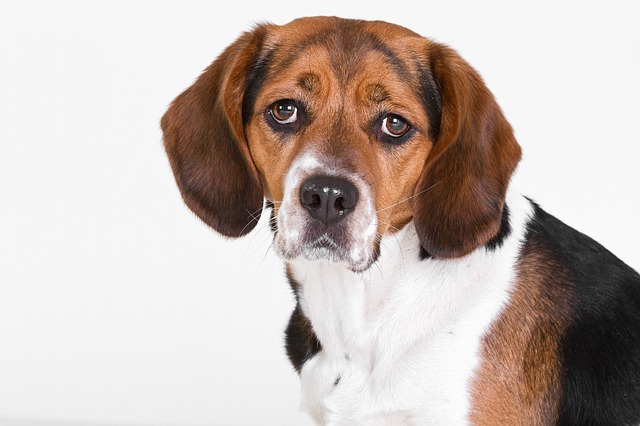
How to potty train a Belgian Malinois puppy?
Belgian Malinois puppies are sharp and eager to learn, but potty training still needs consistency—they’re just babies figuring out their bodies.
That tightening in your chest as you round a corner and see another dog approaching is a feeling many owners know. Your dog’s leash goes taut, the barking erupts, and a peaceful walk shatters into a stressful struggle. In this moment, it’s crucial to understand that your dog isn't being bad; they are overwhelmed. Reactivity is primarily a fear-based or frustrated emotional response, not a choice. The goal isn't to punish the reaction but to become your dog's calm guide, helping them feel safer so they don't need to react in the first place.
Your most powerful tool is proactive management. This means scanning your environment like a hawk to spot triggers—another dog, a jogger, a child on a scooter—long before your dog does. The instant you see a potential trigger, create distance. Cross the street, duck behind a parked car, or make a cheerful U-turn. This isn't avoiding the problem; it's preventing your dog from practicing the reactive behavior, which only makes it stronger. The science behind this is called keeping your dog "under threshold." When a dog is over their threshold, the thinking part of their brain shuts down, and training is impossible. By managing the environment, you keep them in a state where they can still learn.
When a trigger is present, your action plan is counterconditioning. At a distance where your dog notices the trigger but hasn't reacted—their ears might perk up, their body might stiffen slightly—you become the most interesting thing on the street. Use a happy, calm voice and start feeding a continuous stream of ultra-high-value treats like diced chicken or cheese. You are not rewarding the fear; you are rewarding the noticing and creating a new, positive association. The sight of another dog now predicts chicken from you. Over time, this can change their emotional response. This entire process is built on positive reinforcement; yelling, jerking the leash, or any form of punishment is culturally unacceptable and will only confirm your dog's fear that other dogs predict bad things happening.
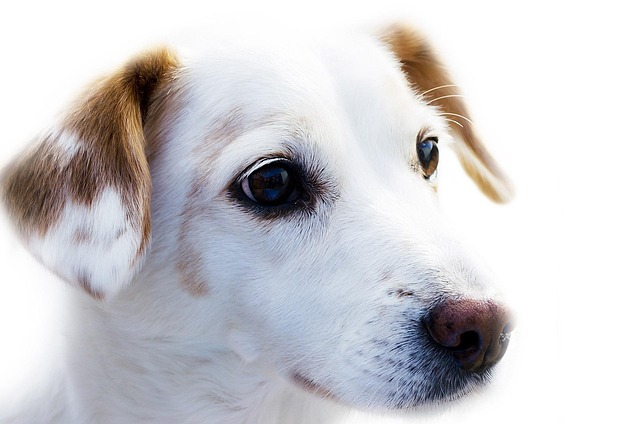
This mindful approach to walking is also a critical part of being a responsible community member. It is your duty to always be in control of your dog to ensure the safety and comfort of others. This means strictly adhering to local leash laws and always, without exception, carrying and using poop bags. Allowing your reactive dog to approach others, even on a long line, is a major liability and breach of etiquette. Furthermore, ensuring your dog’s rabies vaccination and city license are current is a non-negotiable legal requirement that provides essential protection for everyone in your community and is often needed for professional training services.
Calming a reactive dog on walks is a journey of patience. Some days will be better than others. Celebrate the small victories—a moment of calm where there would usually be a reaction. By managing their environment, building positive associations, and prioritizing their feeling of safety, you’re not just preventing outbursts; you’re helping your dog develop the confidence to navigate the world more peacefully.

Belgian Malinois puppies are sharp and eager to learn, but potty training still needs consistency—they’re just babies figuring out their bodies.
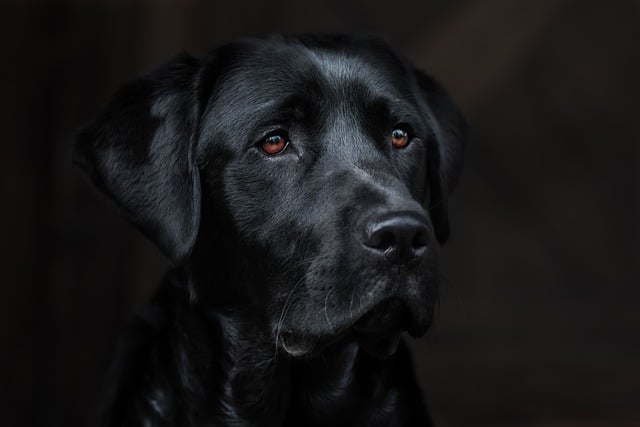
Bringing home a Belgian Malinois puppy means balancing their high energy with consistent routines—and house training is where that balance starts.
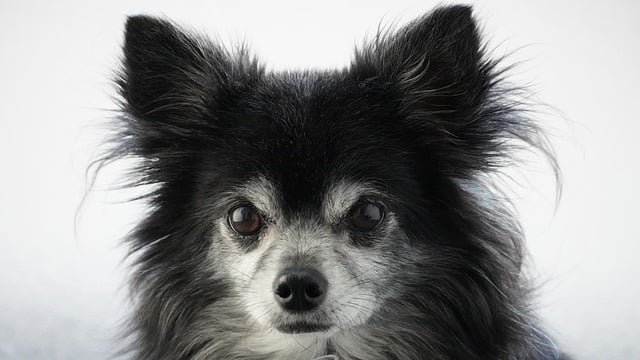
Watching your dog dart toward a busy street or vanish into a neighbor’s yard isn’t just scary—it’s a risk no pet parent wants to take.
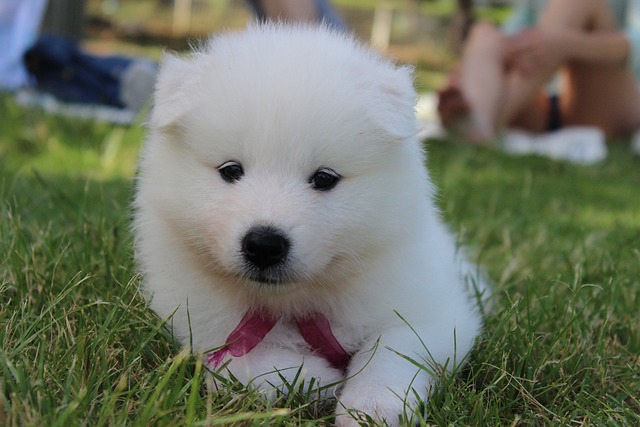
Most new puppy owners start wondering about potty training the moment they bring their fuzzy friend home—and for good reason.
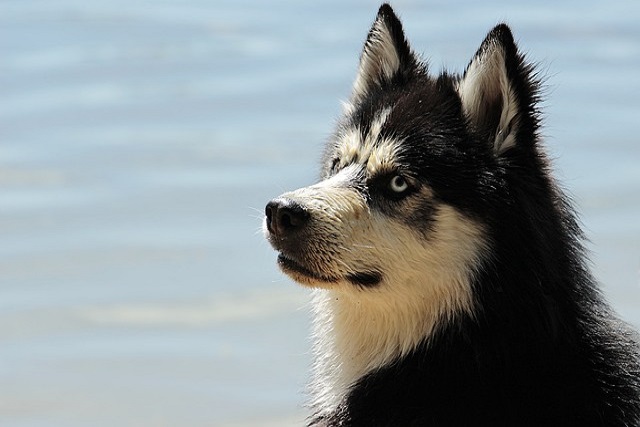
You’re on your third attempt at a peaceful walk today when your dog spots a neighbor and erupts into a frenzy of barking and lunging.
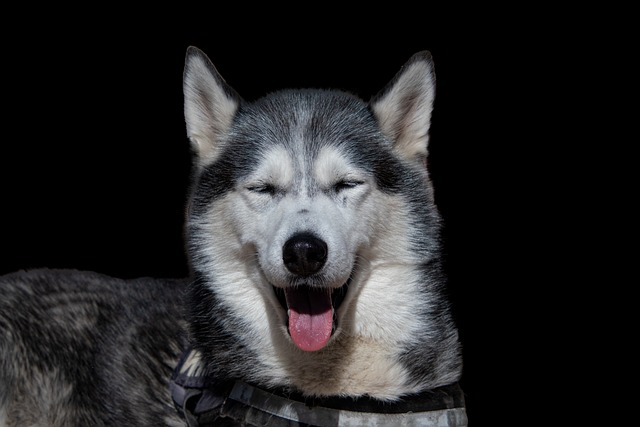
You’re on your daily walk when suddenly your dog spots another pup across the street. What begins as normal curiosity quickly escalates into lunging